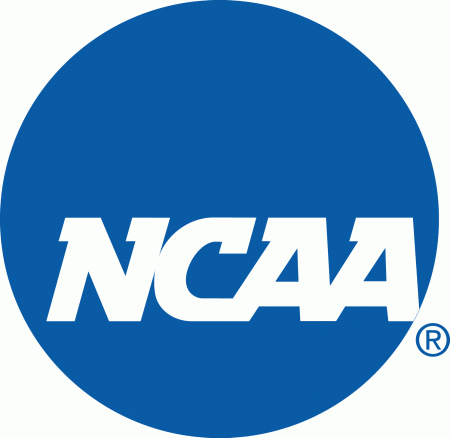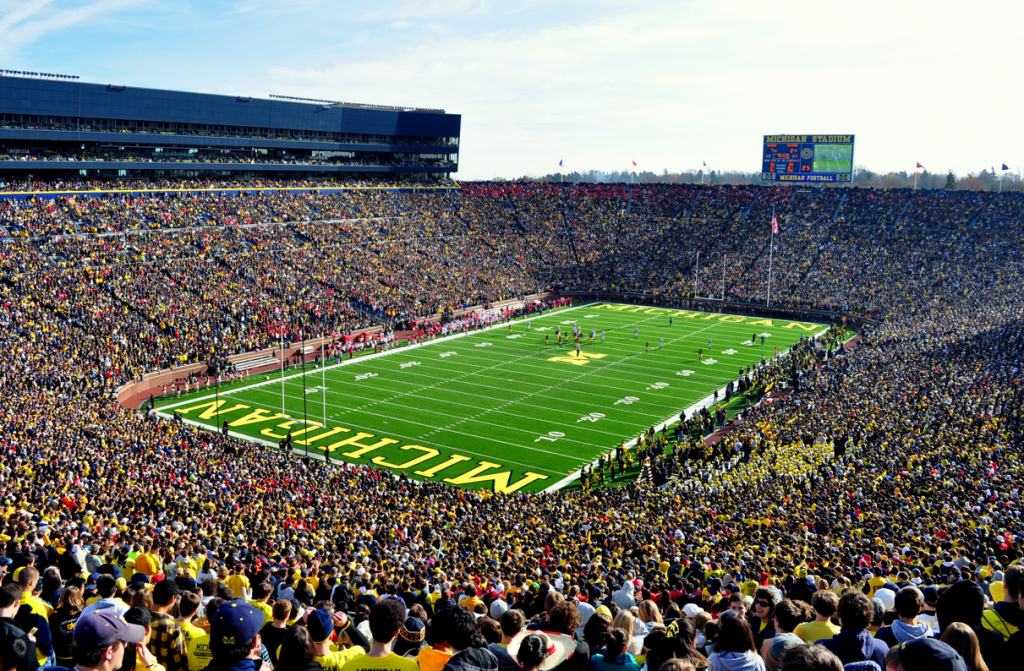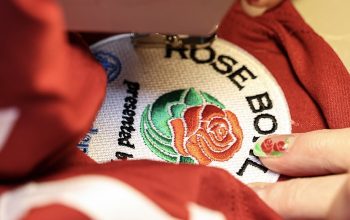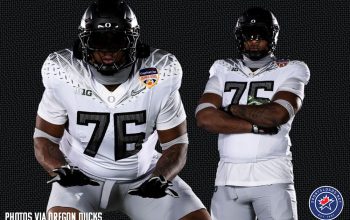There have been, both past and present, debates over whether the NCAA should be sharing some of the revenue it makes off the back of its’ players.
The big question before the court of public opinion seems to be this;
Why the heck are NCAA athletes not permitted to make a single dollar from merchandise, attendance, TV rights or even self-negotiated endorsement deals (to the point of facing tough sanctions, up to outright expulsion) when the league so clearly profits, handsomely at that?
First, we need to know; does the NCAA actually make money, and, if so, how much?
There’s no question that the NCAA makes money off the faces and efforts of its’ student athletes; how much, exactly, is open to conjecture (especially since the league, never mind individual schools, seem extremely reticent to speak directly to an actual amount.) Let me give you the gist, and let you fill in the remaining blanks; with CBS and TBS paying ten-point-six billion dollars a year for the basketball tournament alone, the league is certainly not poor.
Some closer-to-the-ground numbers; Ohio State‘s football program (just football alone) brought in $51.8m. The top 50 programs in the country brought in an average of $22.1 million, at a profit margin of roughly 56% (source : Orlando Sentinel). Want to freak out? Texas brought in nearly $121 million!
Hold on a minute, though; according to the NCAA, only 14 schools (out of more than 1100 institutions) actually made money; there is no question that there is an absolutely massive – and increasing – gap between top and average programs, so please – take those numbers with a large grain of salt (preferrably one of those big blue salt-lick cubes they leave out in the fields). It costs a LOT to run more than a thousand schools’ athletic programs, and the NCAA doesn’t keep most of that money. More on that in a minute.
So where’s the money go?
According to NCAA President Mark Emmert, 96 percent of the $700 million the NCAA will make from its new broadcast contract will go to “member athletic departments in support of athletes.” I’d like to know if Mr. Emmert means ninety-six percent of the contract or the NCAA’s profit – big difference – but you don’t get hired by places like the NCAA if you don’t know how to spin your words correctly, do you?
No matter, really; since any monies paid back to players would come from the league’s profit, let’s allow him off the hook for now.
All right, then; so what of the players? Without them, there is no March Madness, no Bowl system, no NCAA at all.
According to Ramongi Huma of the National College Players’ Association, “The players are way more valuable (to the NCAA) than what their scholarship is worth.” Huma goes on to postulate that the average Division 1 football player would be worth around $121,000 per year, and the average basketball player worth closer to $265,000 per. If you extended those numbers outward and started looking at large programs (let’s take Duke, for example) you could make strong arguments for each player being worth high six figures to nearly a million dollars apiece (per year) to their programs.
To simply hand those players the cost of an education seems, on the surface of it, to be a gross undervaluation, bordering on outright ripoff or robbery, especially when you consider that most scholarships barely cover the costs of tuition and books.
NCAA head guy Emmert has been clear; “Paying student athletes is in no way on the table.”
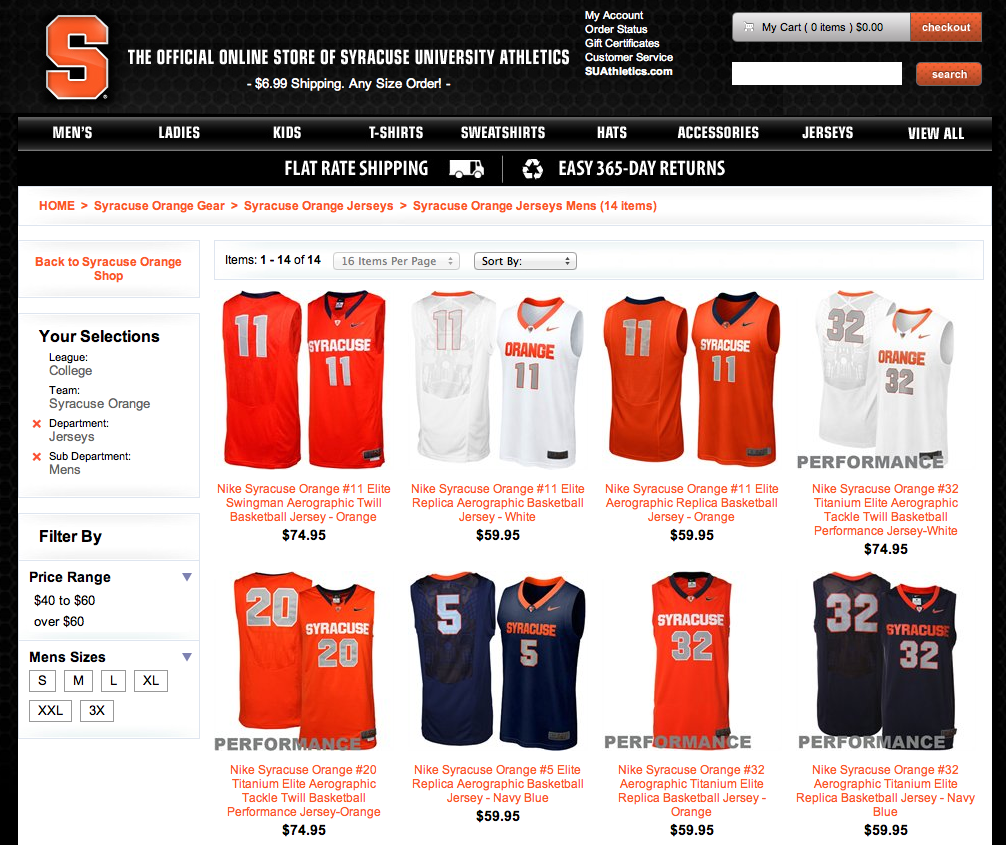
Let me be clear; the top ten percent, those who are going on to a professional career in the sport of their choice, don’t need our sympathies. We can debate the merits of what pros make, but that’s an argument for another day – and probably another writer. Their university careers directly led to professional careers that will pay them at least six figures yearly, so, without question, they get compensated for their “free” time in college.
We also know that school boosters give gifts to the best athletes. Shelve that. Again, we’re not talking about the top ten percent. They’re going on to wreck their bodies on NFL, NBA, NHL and MLB fields. They’re on their own, and they’re going to be just fine.
This column is to put forth the case for – or against – paying the average NCAA athlete more than the scholarship pittances they get.
Wait, though…how much DO they get? (Go on, guess, before I put the numbers out there…)
Tangibly, with 44% of all full-time undergrads paying from $8,244 (in-state) to $12,526 for out-of-state, (source http://www.collegeboard.com), you could argue that the direct financial benefit to the athlete is negligible, compared to what the NCAA obviously takes in.
However, most Division 1-A schools charge closer to an average of $36,000 per year – again, average, so many charge even more – so that’s not peanuts. Some, dismissive of the athletes’ claims of poverty, point to such available funds such as the Pell Grant (up to $5,500 for students with lower-income parents), a $500 clothing fund and up to $11,000 in room and board; generally speaking, these “above-board” grants total out to less than $17,000 per student.
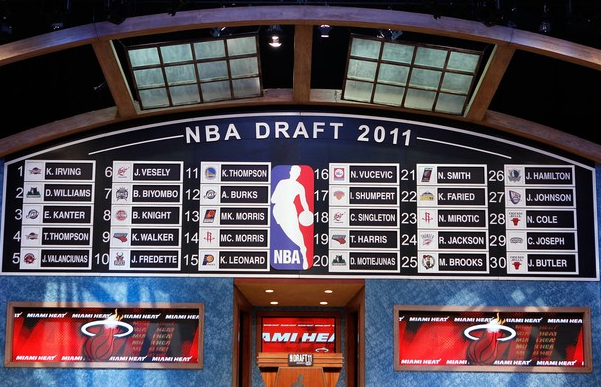
So, let’s go with the 1-A average of $36k, with another $17k in expenses possible – $53,000 per year legally. Does that cover? One quote to settle this one; SEC Commissioner Mike Slive recently said, “”I have long thought that we should revisit the limitations on the current scholarship model and perhaps expand it to cover the full cost of attendance. I look forward to that discussion.”
Translation? Holy cow, the guy who DOES see the numbers realizes that scholarships don’t begin to even cover the expenses of going to school.
So, let’s summarize;
– Only fourteen out of more than a thousand schools made a profit.
– Division 1 athletes have been (credibly and well-researched) found to be worth a minimum of $121,000 per year to their schools.
– Even with all the legal “extras” permissible, those Division 1 athletes could “earn” (including tuition) $53,000 per year.
– That leaves a discrepancy of $68,000 per athlete per year.
THE WRAP-UP
The big question, once you boil down all the little questions and facts, then becomes this; Do we think that the NCAA, and, by association (pardon the pun), its’ member schools, bring in $68,000 profit per student – and can we justify paying them that much?
The last time I looked, nobody’s packing 60,000 people into a stadium to watch me work. These athletes have a skill that people want to see, and are willing to pay from $47 (ACC, Big 12, Big East, Big Ten, Pac-12 and SEC cheapest adult single-game ticket) for each home game up to more than $190 (average) to watch the Round of 32 (never mind Final Four. That’s the territory of insanity and would skew the numbers badly.)
So, their skills justify $68,000 extra per year – if the money’s there. For 14 schools, it’s there for sure.
Now it just comes down to morality – should a student-athlete earn a piece of that pie?
That one’s up to you guys. I can’t wait to read the comments.

